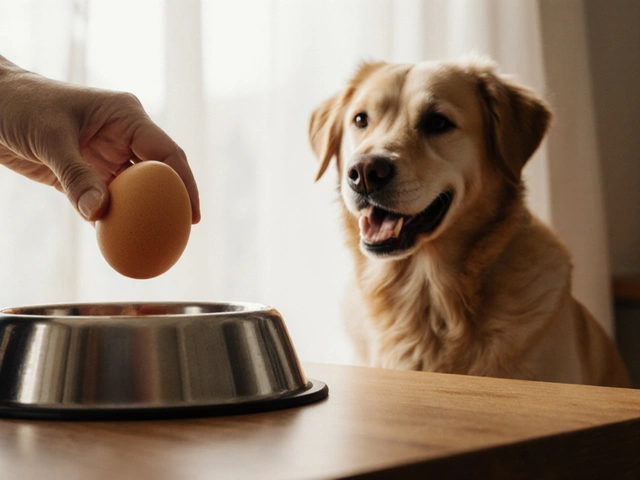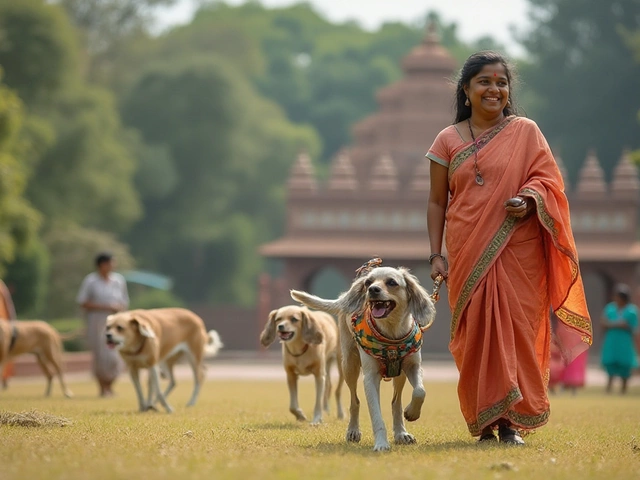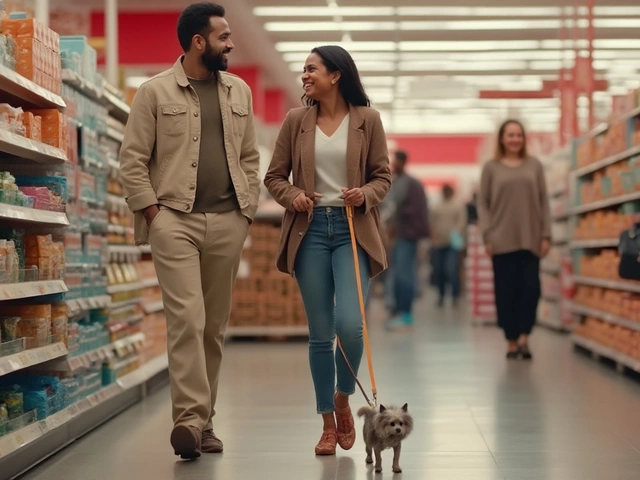Dog Welfare: Simple Tips to Keep Your Pup Healthy and Happy
If you love your dog, you want them to feel good every day. Dog welfare isn’t a fancy term – it’s just making sure your furry friend eats right, moves safely, gets proper care, and stays mentally sharp. Below are real‑world habits you can start today without spending a lot of time or money.
Everyday Practices for Better Dog Welfare
First off, food matters. Stick to high‑quality kibble or a balanced mix of wet and dry meals. Measure portions so your dog stays at a healthy weight – a quick hand‑out from a vet can save you a trip later.
Exercise is next. Even short walks do wonders for a dog’s joints and mood. Aim for at least one 20‑minute walk plus a quick play session in the yard. If the weather is bad, grab a tug rope or a treat‑dispensing toy to keep them moving indoors.
Grooming isn’t just about looking good. Brushing removes loose hair, lowers the chance of skin infections, and lets you spot ticks early. For most breeds, a weekly brush and a bath every 4–6 weeks keep the coat healthy. When you’re at the groomer, ask why a haircut takes time – it’s usually because they’re cleaning ears, trimming nails, and checking skin health.
Dental care often gets ignored, but bad teeth lead to pain and even organ issues. Use a dog‑safe toothbrush a few times a week or give dental chews that actually reduce plaque. Your vet can show you the right technique in a quick visit.
Mental enrichment is just as important as physical health. Leaving a TV on with calming sounds can soothe an anxious dog while you’re out, but it works best with a familiar program and low volume. Puzzle feeders, scent games, and short training drills keep the brain busy and reduce destructive behavior.
Resources and Services at GAWVs
When you need professional help, GAWVs has you covered. Our dog‑friendly travel guide shows which airlines let pets in the cabin and how to prepare for cargo flights safely. If you’re budgeting on grooming, our DIY tips can save you cash, and we still recommend a professional visit every few months for deep cleaning.
Training questions? Our article on shock collars explains why most pros avoid them and offers humane alternatives. For new puppy owners, our 30‑day plan maps out sleep, feeding, and potty schedules so you avoid common pitfalls.
Feeling overwhelmed? Start with one change – maybe a daily walk or a quick brush. Track how your dog responds and build on what works. And whenever you need more detail, the tag page lists all the posts that dive deeper into each topic.
Dog welfare is a habit, not a one‑off task. Keep the basics solid, add a little enrichment, and use the resources around you. Your pup will repay you with a wagging tail and a healthier life.

Exposing the Worst States for Puppy Mills: A Dog Lover's Guide
Exploring the dismal world of puppy mills is crucial for dog lovers seeking to make informed decisions about bringing home a furry friend. Some states in the U.S. have gained notoriety for harboring these unethical breeding practices. This article delves into the states where puppy mills are most prevalent, providing valuable insights and tips for identifying responsible dog breeding practices. By understanding these issues, travelers can better plan dog-friendly holidays while supporting ethical breeders.
read more


